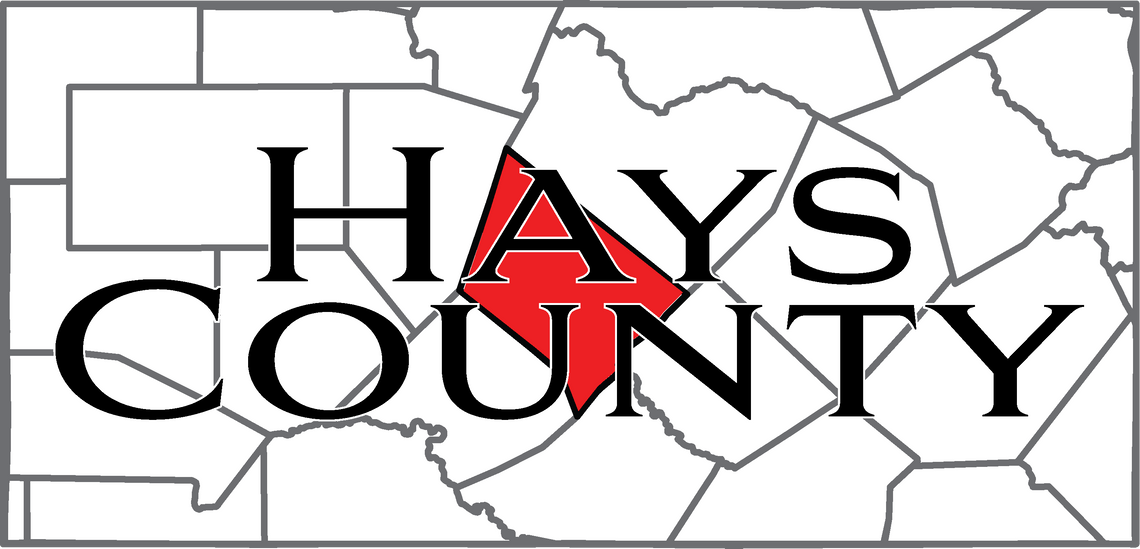PLEASE LOG IN FOR PREMIUM CONTENT. Our website requires visitors to log in to view the best local news.
Not yet a subscriber? Subscribe today!
Greater Edwards Aquifer Alliance releases report on impacts of Senate Bill 2038 on land use, water in Central Texas
A local aquifer that provides drinking water to millions of people across Central Texas could be at risk, according to a recent report by the Greater Edwards Aquifer Alliance (GEAA).










